 [By Rabbi Yair Hoffman]
[By Rabbi Yair Hoffman]
THE HISTORY
Ever since the exodus from Egypt, Jews have been consuming Matzos that were baked by hand. Centuries passed. And except for the change in brittleness, the system remained the same.
Then in 1856, all of that changed, at least for some people.
In Vienna, Austria, a Jewish baker created an international stir. He introduced machinery in the production of Matzoh. There was an earlier machine created in 1837 too, but that one did not stir up any controversy, perhaps because it did not automate as much as the latter version.
When the issue became known in Galicia, the controversy began. Rav Shlomo Kluger wrote a response about the issue to his student, Rabbi Chaim Nosson Dembitzer, the famous Rabbi and historian in Cracow and Rabbi Leib Horowitz (Cracow’s Chief Rabbi). The responsa is found in HoElef Lecha Shlomo (Hashmatos 32).
THE WAR BEGINS
Later in 1859, Rav Kluger joined up with Rav Mordechai Zev Ettinger, the author of the Maamar Mordechai and published together the Modaah L’Bais Yisroel where the two great luminaries categorically forbade the use of machine Matzos and placed it under the ban.
They gave a number of reasons for forbidding it. Rav Ettinger’s brother-in-law and Chevrusah, Rav Yoseph Shaul Nathanson, author of the SHoel UMaishiv, was a world class posaik in his own right.
Shortly after the printing of the Modaah L’Bais Yisroel, Rav Nathanson printed a booklet permitting the Matzos entitled Bittul HaModaah. Needless to say, the chevrusahschaft with his brother-in-law the Maamar Mordechai ended on a somewhat sour note. A twenty-five year collaboration on dozens of great halachic works came to a tragic end because of the argument.
Initially, the Maharsham of Brezen (Responsa Maharsham Vol. II #16) also issued a ruling permitting machine Matzoh – even for use at the Seder. This heter was based on the notion that the machinery required constant turning by human labor. Later, he rescinded the heter (Vol. IV #129) based upon the idea that the power was emanating from electricity and the human labor was merely a grama – a cause. The Divrei Malkiel, however, permitted it even with the electricity being the power source.
Another authority of those who permitted the Matzos was the Ksav Sofer, the some of the famed Rav Moshe Sofer known as the Chsam Sofer.
THE REASONS FOR THE PROHIBITION
What were Rav Kluger’s reasons forbidding the Matzoh? There were four reasons for his strict ruling. 1] He felt the requirement of Lishma was lacking 2] He was concerned for crumbs and leftover dough that would stick to the machines 3] He was concerned that the feeling for whole or broken wheat kernels which is normally done by hand would no longer be performed accomplished and 4] He provided a sociological reason for the poor. Since the cost of Matzos would lower considerably people would no longer provide them with charitable contributions.
 THE REBBES GET INVOLVED
THE REBBES GET INVOLVED
The Sanzer Rebbe, Rav Chaim Halberstam (Divrei Chaim OC #23, and #24), agreed with the position that forbade the Matzos. The Sochetchover in Avnei Naizer (OC #537) also came out strongly against Machine Matzos and cited the Sanzer Rebbe as well as the Gerrer Rebbe forbidding it.
During the first World War, without consulting with the Munkatcher Rebbe, some members of the Kehillah in Munkatch purchased machine Matzos so that everyone would be able to fulfill the Mitzvah of Matzah. They did so out of concern for the wartime shortages which would have made Matzoh-baking well near impossible. In reaction to this, and based on the ruling of the Sanzer Rebbe, the Munkatcher Rebbe had these Matzos burned on Chol haMoed as if they were Chometz.
WHY THE MISHNA BRURAH’S SILENCE?
What is perhaps most shocking is that well after the advent of machine Matzos, Klal Yisroel merited the Mishna Brurah, written by the Posek of our generation, the Chofetz Chaim. And yet the Chofetz Chaim was strangely silent about machine Matzos for use in the Seder. It was a debate that ripped at the heart of Klal Yisroel. And yet we have nothing from the Mishna Brurah. Why the silence? It is, of course, a matter of record that the Chofetz Chaim used hand Matzoh. But why did he not even discuss the issue?
 ADDITIONAL REASONS TO FORBID
ADDITIONAL REASONS TO FORBID
After the initial reasons forbidding the machine Matzos, other Poskim brought up other issues that were pertinent at the time. The machine’s motor was excessively hot and would heat up the Matzoh dough to the point of concern that it may cause it to become prematurely Chometz. In the early machines, oil would actually drip out of the machines, some of the dough that enters the oven causes the other dough attached to it to become halachically considered hot through the principle of cham miktzaso cham kulo. Some of the additional arguments might even seem to be a bit of a stretch – for example, Matzos have to be round; Square Matzos are Chukos HaGoyim and finally the last argument – Chadash, new innovations, are forbidden from the Torah.
THE SOLE REAL ISSUE
Let us, however, look at the one issue that has withstood the test of time – the issue of Lishma. The Talmud (Psachim 38b) quotes Rava that the verse in Shmos (12:17) which states, “And you shall guard the Matzos..” indicates that it is to be guarded [created] for the sake of Matzos. The Gemorah cites a Braisah that would have allowed the use of the loaves of the Korban Todah or the rekikim offered by a Nazir for use as Matzoh were it not for this drasha that it must be guarded for sake of Matzoh.
Based upon this Gemorah, the Shulchan Aruch (OC 460:1) rules regarding the Matzos that will be used for the Seder, that we do not have these Matzos kneaded by a gentile, by a deaf person, by a person without his faculties or by a minor.
IS IT JUST FOR THE SEDER OR FOR THE WHOLE PESACH?
And while this may be true that there is a requirement to have Matzoh made completely Lishma during the Seder, what about the rest of Pesach? The Mishna Brurah (460:2) cites a custom that the children of Israel are holy and have the custom during the entire duration of Pesach to eat Matzos that were prepared Lishma.
A JEW STANDING BEHIND HIM DOES NOT HELP
The Rashba, which is cited authoritatively by the Bais Yoseph, rules that even if an adult Jew is standing behind the child or gentile and warns him to make the Matzos Lishma, it is ineffective. Although the Ritvah cites his Rebbe the Raah, that it may not necessarily be forbidden, the Pri Chadash rules like this Rashba as does the Mogain Avrohom. The Rosh, however, in Psachim (2:26) rules that a Jew standing behind the gentile telling him to do it lishma – is effective.
 Another issue comes into play, however. Some may argue that since the Jew is turning on the switch to the machine, it is counted as if the Jew has done it himself. This is actually the subject of great debate. Some authorities are of the opinion that since the electricity is enabled through manpower – koach odom, only in the first moment of activity, then the fact that the electric current continues to flow by itself cannot be counted as if it is Koach odom. [The Chazon Ish (OC Chapter 6), by the way, regarding another halachic issue, disagrees with the notion of it not being considered Koach odom.]
Another issue comes into play, however. Some may argue that since the Jew is turning on the switch to the machine, it is counted as if the Jew has done it himself. This is actually the subject of great debate. Some authorities are of the opinion that since the electricity is enabled through manpower – koach odom, only in the first moment of activity, then the fact that the electric current continues to flow by itself cannot be counted as if it is Koach odom. [The Chazon Ish (OC Chapter 6), by the way, regarding another halachic issue, disagrees with the notion of it not being considered Koach odom.]
One hurdle that must be overcome by the position permitting the machine Matzos is how to distinguish this case with that of animal slaughter done with a blade attached to a water wheel, where the man just allowed the water to cause the water wheel to turn. The Gemorah in Chullin states that such a slaughter is forbidden.
We need to understand the underlying rationale for this Rashba. Why, in fact, does a Jew standing behind the child or gentile, not help? Rav Tzvi Pesach Frank (Mikraei Kodesh 8:2:3) and the Minchas Chinuch (Mitzvah #10) both explain that a person cannot control what is in the hand of his friend. This would present a problem regarding a gentile, a deaf mute, one who has lost his faculties and a minor. Rav Frank argues that it would not present a problem for a Matzoh machine. Thus, according to Rav Tzvi Pesach Frank the machine Matzoh would be acceptable even according to the Rashba.
There may be other explanations for the Rashba as well, however. One explanation might be that all intents must accompany an action. Here, the electricity might be considered as a series of numerous actions. If this is the case than the person’s intent may not be so connectable to all those actions made by the electricity. This is the explanation of Rabbi Ben Tzion Abba Shaul zt”l in Ohr L’Tzion (Vol I #5 and Vol. III #11).
This author would like to suggest that although the flow of electrons back and forth might be considered separate actions by separate identities, since each of these electrons are not visible to the eye, there is a vast distinction between, the case of slaughtering the animal through the water wheel and our case. In our case the electrons cannot be seen, and therefore, it is a logical step to attribute the action to the person pulling the switch. If this argument is true, it may buttress the position of those who permit the Machine Matzoh – even for the Seder itself.
Nonetheless, it would be proper, if possible to fulfill this Mitzvah in the manner that our forefathers have done and in a manner acceptable to most authorities.
It may be noted that those that permit the machine Matzoh may perhaps point out to those who insist on hand Matzoh that the hand matzos they eat are not the hand Matzos of yester-year. Why? There seems to be a requirement for the harvesting and the grinding to be done Lishma as well (See SA OC 453:4). Most of the drivers on the combines that harvest the wheat grain are gentiles. True, there may be a Jew standing over him and demanding that the gentile perform his action for the sake of Matzos, but this too is Bdieved.
The response to this is that although there is such a requirement, the requirement for harvesting and grinding lishma is less than that of kneading and baking. Indeed, the Biur Halacha (beginning of Siman 460) cites a debate between the TaZ and his father-in-law, the Bach as to whether the requirement is less and whether a Jew standing over the gentile would be sufficient. The TaZ permits it. Also, the requirement of grinding Lishma is such that the Matzah is still kosher even if the requirement was not technically met (SA Siman 453).
One last question remains. Why was the Mishna Brurah silent? This author would like to suggest that at the time the Mishna Brurah was written, the other underlying issues were still a factor and had not been adequately resolved. We can conjecture that as far as the Lishma factor, it seems likely that the Mishna Brurah would have voiced his opposition to the Matzos if he held that the Lishnma issue was truly unbridgeable. He didn’t permit it at the time because it was still loaded with problems and had he voiced his view would have been used to permit all sorts of problematic Matzos. The wiser choice would have been silence – which the Chofetz Chaim did choose. The Chofetz Chaim was one of the wisest of the generation and Chazal do tell us in Pirkei Avos – s’yag l’chochmah shetika – a good boundary for wisdom is silence.
 This then may be the lesson of the Matzoh issue for Pesach. Matzoh is called by the Zohar as “Bread of Emunah.” Emunah means belief and closeness to Hashem. Pesach is the time where we draw ever closer to Hashem and this bond will hopefully continue with us throughout the year.
This then may be the lesson of the Matzoh issue for Pesach. Matzoh is called by the Zohar as “Bread of Emunah.” Emunah means belief and closeness to Hashem. Pesach is the time where we draw ever closer to Hashem and this bond will hopefully continue with us throughout the year.
True, there are different types of Matzoh – but the important thing is to focus on our bond with HaKadosh Boruch Hu and, when any issue may arise that can divide us to use the great boundary that Chazal recommended – silence.
The author can be reached at [email protected]
NOTE: VIDEO & PHOTOS WERE TAKEN BY KUVIEN IMAGES IN 2012:
A Swiss chabura (group) lead by HaRav Moshe Chaim Levy, Rav of IRG – Adas Yeshurun in Zurich, gathered at the matzah bakery it Atarot, outside of Yerushalayim to supervise a run of machine matzahs under their hashgacha to send back to the Jewish community in Zurich, Switzerland.
Credits: Kuvien Images – www.kuvienimages.com

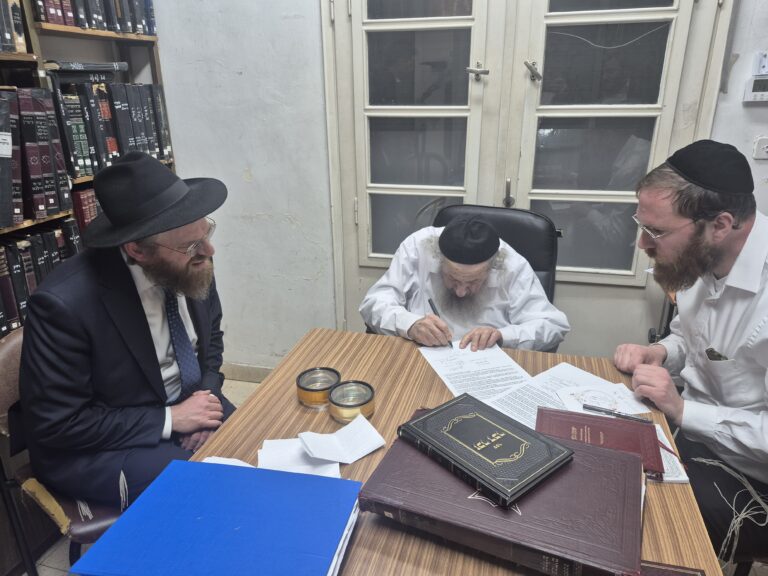


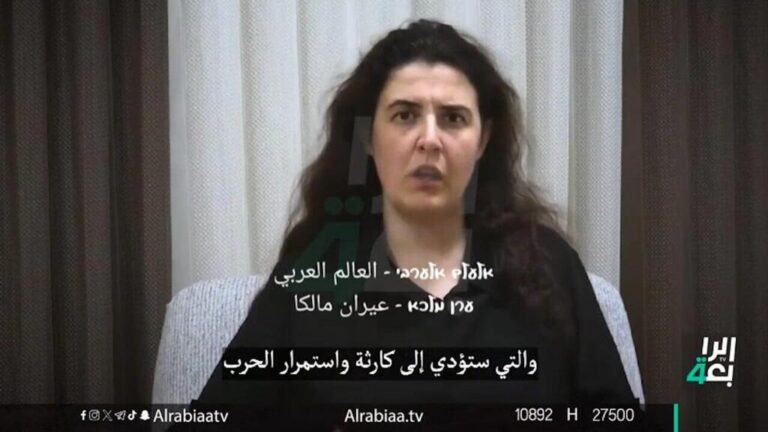
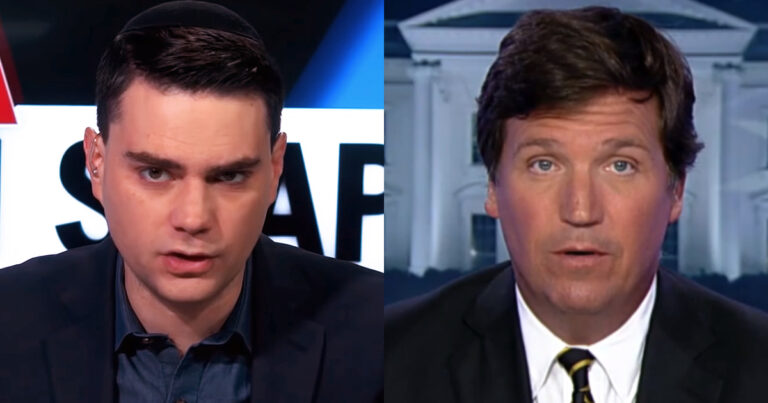
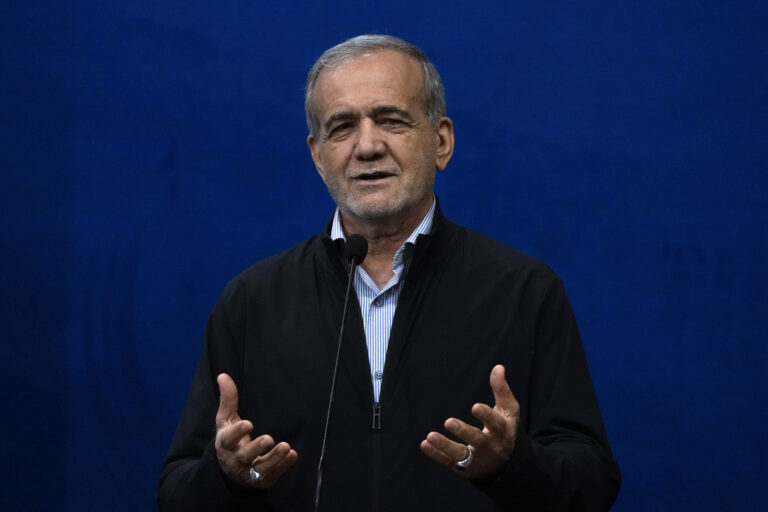
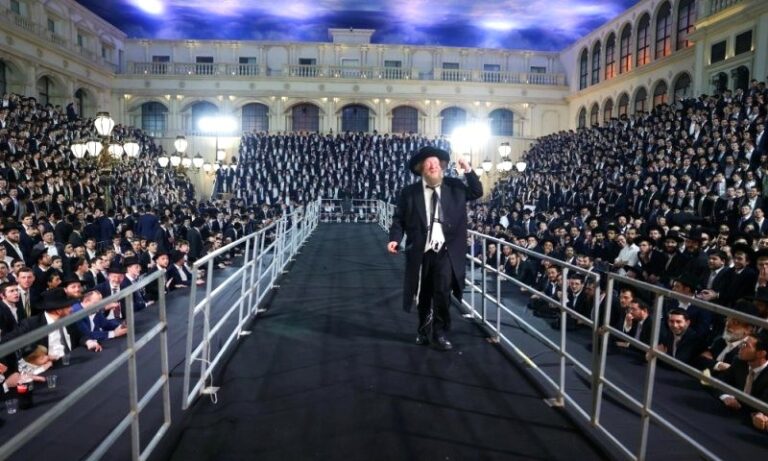

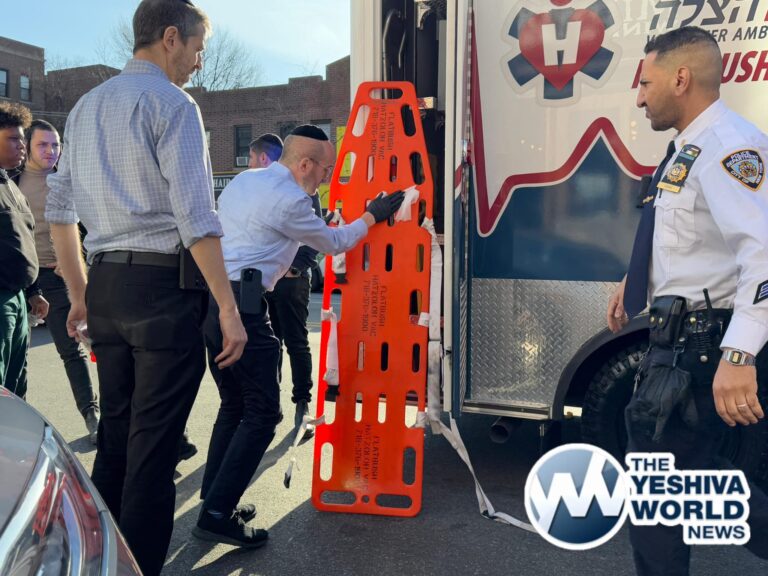
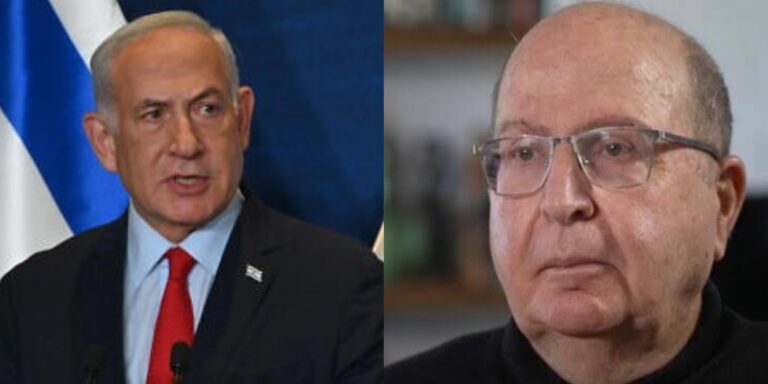
9 Responses
I use machine even for sedarim since i always see problems with hand. the less people touch my matzos, the happier i am….
Stam,
Kishmo kayn hu. There are many people involved in making machine matzos too, like the people that have to break it down and clean it all VERY VERY VERY well.
Zait nisht a tipish. You use machine because IT’S CHEAPER and no other reason.
#1
Firstly, you are lacking Ahavas Yisroel. Secondly, the high temperature in the brick oven burns out any germs or human touch… I hope you enjoy pizza that a Mexican prepares for you with his bare hands… 😉
Electricity?? Electricity was introduced to the masses by Albert Einstein only in the 1900s.
your article is very insightful it was actually a eye opener i was not aware of the halachic problems . to me the only reason not to eat machine matzoh is because “ICH HUB ES NISHT GEZEN BY MYN TATE” and I’m not saying that naively my father is a baal teshuva the only minhag we have on pesach is eating chunks of marror by the seder he has no mesorah and now that my children are growing up and starting to understand the difference between halacha and minhag i have to explain to them that my some of my minhagim come from my rebbe because zeide doesn’t have any.A VERY IMPORTANT PART OF YIDISHKEIT IS MINHAG AND MESORAH the only yom tov that we can show the next generation that we do things because our fathers did so regardless of halacha is pesach. usually that’s the reason for chumras but unfortunately some people try to be more machmir than there parents wich is equally as wrong. as someone that wishes he had a mesorah and sees the difficulties of being mechanech without one. i think i’m rite for saying that the answer to questions regarding minhagim on pesach should be BECAUSE THAT’S MY FATHER’S MINHAG AND WE TRY TO SAFEGUARD HIS MINHAGIM BY DOING THEM. most of what we do for this beautiful yom tov weather its all the cleaning or everything involved in preparing the kitchen to the foods we do and don’t eat or how we prepare them has very little to do with halacha but we still do them anyways and the reason usually is that’s how my parents did it the same should be said for matzoh and all the foods we do and don’t eat your article was a beautiful HALACHIC analysis the REASON should be based on minhag and mesorah
please pardon the terrible grammar i hated it in school and it shows
wishing you a kosher and happy pesach
Stam #1: You can be moida you simply prefer a heavier wallet for use on items you consider more worthy.
#2 – Kind of confused Mr. Levin. The people who clean it all VERY VERY VERY will are the ones cleaning THE MACHINE and not THE MATZOS !!!! I don’t want anyone touching my matzos ! FYI, my tefillen and my boys cost me over $3,500 as my lulav and estrogim cost over $300 (my boys shake mine!). I might be cheap on my vacations that last two days in poconos but not on my mitzvos !! Nice try.
Let me explain a little more on my switch. I use to drive to NY to join one of the best chaboros in one of the best bakeries where i would always have “to look the other way” to all the problems. One time, i saw one of the bakery kneaders right in front of my eyes take out a packet of vitamins with his hands and put in his mouth. I told myself I will not be eating anymore vitamin enriched matzos. I was done for good and with the blessing of a major posek I switched to hand matzos.
I am one of the yechidim that bake their own, and in my early career I surveyed many hand matzoh operations, both private and commercial. While I have the highest respect and admiration for one particular bakery, I have seen things that made my halachic hair stand on end, and since, I bli neder do not eat any commercial hand matzo.
I think people imagine that machines are so perfect they simply don’t have problems of nefuchos, kefulos, water from the cooling system or air conditioner, overly hot parts, dough remaining stuck in the oven, etc etc. Like everything we rely on reasonable hashgochoh and trust the label and the production company but to say hand matzos are more prone to errors is naive.
Btw, the electricity being visible argument could easily be argued the other way, that the mmaseh is even less mustaches to the kevonah or koach Odom.